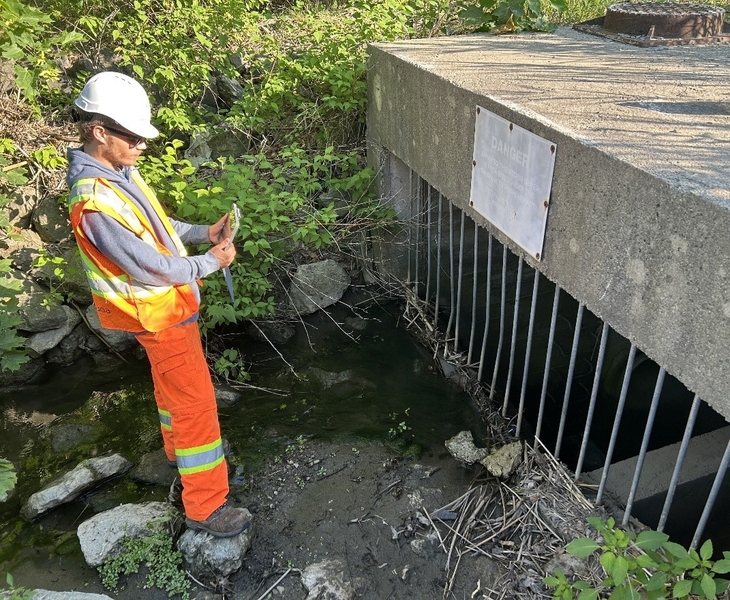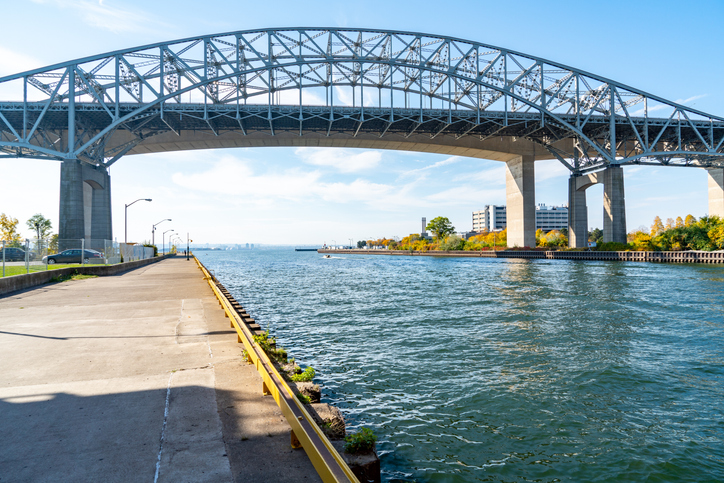Hurricane Dorian hit Atlantic Canada on September 7, 2019 and caused over $105 million in insured damage, according to Catastrophe Indices and Quantification Inc. (CatIQ). Seventy per cent of this amount was from damage to personal property, 25 per cent was for damage to commercial property, and the remaining amount was for damage to automobiles.
Initial estimates indicate that Hurricane Dorian caused:
- $22.5 million in insured damage in New Brunswick.
- $2.5 million in insured damage in Newfoundland and Labrador.
- $62.2 million in insured damage in Nova Scotia.
- $17.5 million in insured damage in Prince Edward Island.
- $300,000 in insured damage in Quebec.
Hurricane Dorian wreaked havoc from the Bahamas to Atlantic Canada in early September. The weather system travelled through Atlantic Canada from September 7 to 8, 2019, and the cleanup lasted much longer. Halifax, Moncton, and much of Prince Edward Island suffered a large portion of the damage, though damage reports were widespread across Atlantic Canada.
On September 7, Dorian became a post-tropical storm but maintained hurricane strength when it made landfall to the southwest of Halifax, with estimated sustained winds of 155 km/h. On the morning of September 8, the system hit the northeastern Gulf of St. Lawrence with strong southeasterly winds in Newfoundland. In the evening, the system tracked to the northeast across Newfoundland’s Great Northern Peninsula, with wind gusts ranging from 90 to 157 km/h.
Due to rainwater-saturated ground and trees being in full leaf, many large trees were uprooted across Atlantic Canada, and the region experienced numerous power outages. Heavy rainfall also caused road washouts and flooding of homes and businesses. The Magdalen Islands were severely affected as homes, cottages, and boats were damaged. Trees were uprooted in several cases and some cottages were blown off their foundations.
“Hurricane Dorian is another example of how devastating Mother Nature can be,” said Amanda Dean, vice president of the Atlantic region at the Insurance Bureau of Canada (IBC). “Severe, unpredictable weather like this is becoming more frequent, resulting in higher costs to homeowners, insurers, and governments. Last year, insured damage from severe weather across Canada exceeded $2 billion, the fourth-highest amount of annual losses on record. That alarming trend has continued in 2019, with over $1 billion in insured losses recorded already this year.”
As the financial cost of the changing climate has been increasing, IBC has been working closely with all levels of government to increase investments to mitigate the future impacts of extreme weather and build resilience to its damaging effects. IBC is advocating for improved building codes, better land-use planning, incentives to shift the development of homes and businesses away from areas at highest risk of flooding, and investment in new infrastructure to protect communities from floods and fires.
The financial costs of severe weather are widespread adversely impacting insurers, policyholders and taxpayers. This is why all stakeholders need to come together to reduce the financial strain caused by floods and other severe weather events. For every dollar paid out in insurance claims for damaged homes, vehicles and businesses, Canadian governments and their taxpayers pay much more to recover the public infrastructure damaged by severe weather.
The amount of insured damage is an estimate provided by CatIQ under licence to IBC.









